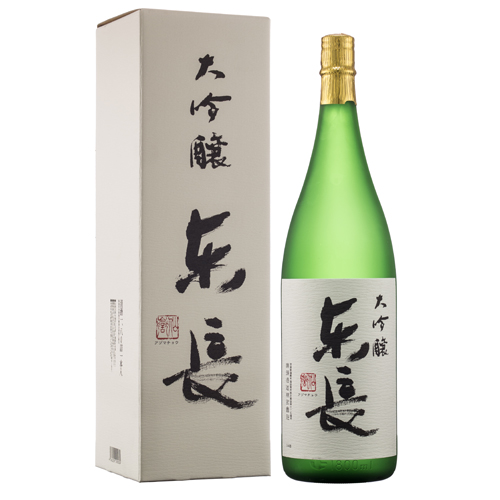Daiginjo Azumacho

| Volume | Retail Price |
|---|---|
| 1,800ml | 8,800 yen |
| 720ml | 4,400 yen |
Daiginjo Azumacho
Yamada-nishiki, produced in cooperation with local farmers and employees in our company, is carefully polished to less than 35% and made into Dai-ginjo-shu with the rice and cool-clear water of the Teradake mountain range. it was awarded gold prizes by the National New Sake Appraising and Deliberating Fair in the Brewing Year of 2014, 2015, 2016, 2017, 2018 and the Fukuoka Regional Taxation Bureau’s Research Institute of Brewing in 2014, 2015, 2016, 2017, 2018.
